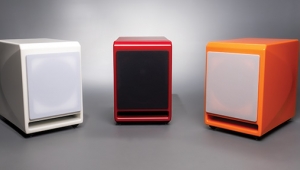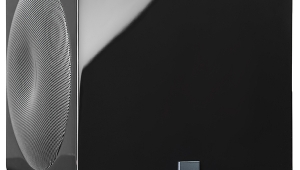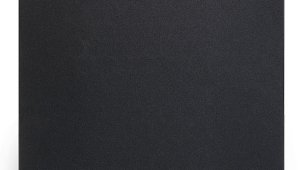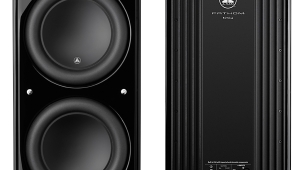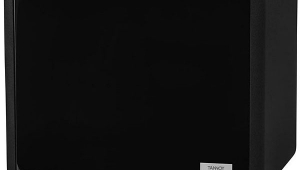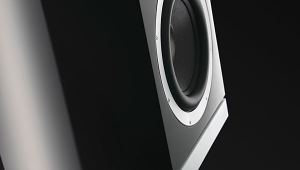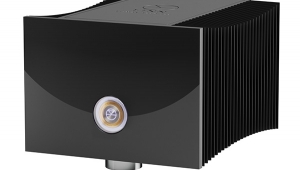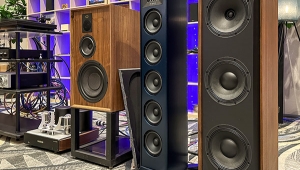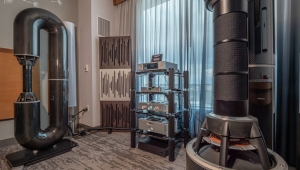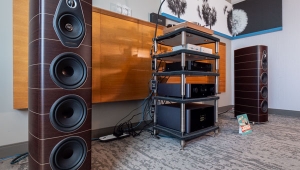| Columns Retired Columns & Blogs |
How does this affordable Wilson subwoofer compare to other subwoofers?
In other words, is there anything that separates it from the pack, making it worth the high increment in cost compared to competitive offerings? If it's worth it, that's fine, but before purchasing I'd like to be sure that I'm getting my money's worth, and that the money is not just going to its very nice, shiny automobile paint job.











